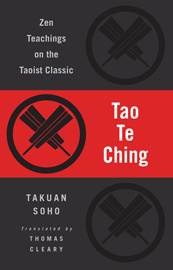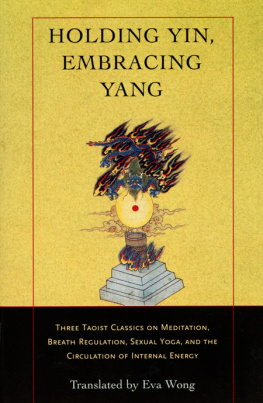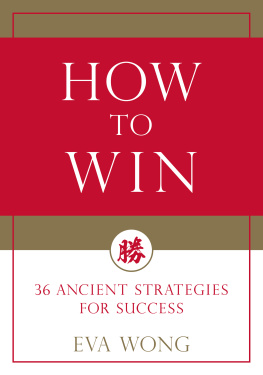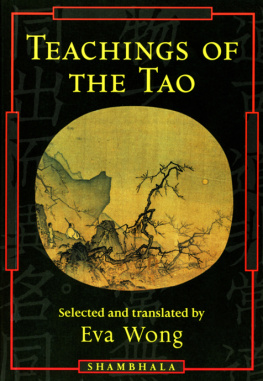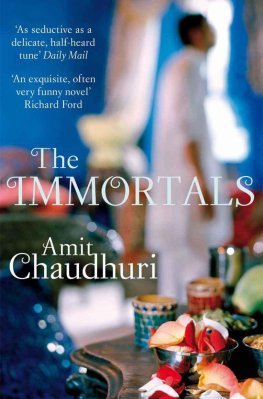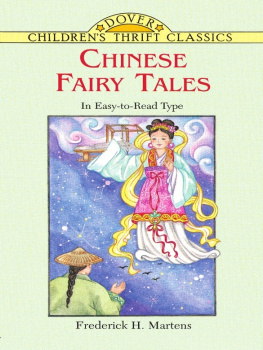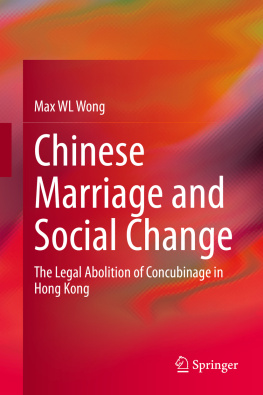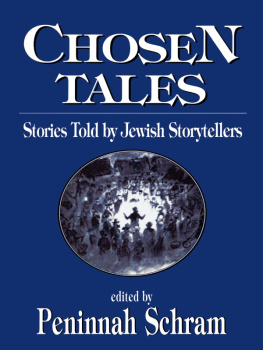ABOUT THE BOOK
As a girl growing up in Hong Kong, Eva Wong heard and memorized many tales told to her by Hong Kongs finest professional storytellers, by actors on the radio, and by her grandmother. These popular tales of the Taoist immortals were also often dramatized in Chinese operas.
The stories are of famous characters in Chinese history and myth: a heros battle with the lords of evil, the founder of the Ming dynastys treacherous betrayal of his friends, a young girl who saves her town by imitating rooster calls. Entertaining and often provocative, these tales usually include a moral. The immortals are role models in Chinese culture, as well as examples of enlightenment. Some of the immortals were healers, some were social activists, some were aristocrats, and some were entrepreneurs. The tales chosen by Eva Wong here are of the best-known immortals among the Chinese. Their names are household words and their stories are told and retold by one generation to the next.
EVA WONG is an independent scholar and a practitioner of the Taoist arts of the Pre-Celestial Way and Complete Reality lineages. She has written and translated many books on Taoism and related topics, including A Master Course in Feng-Shui and Taoism: An Essential Guide.
Sign up to learn more about our books and receive special offers from Shambhala Publications.

Or visit us online to sign up at shambhala.com/eshambhala.

S HAMBHALA P UBLICATIONS , Inc.
Horticultural Hall
300 Massachusetts Avenue
Boston, Massachusetts 02115
www.shambhala.com
2001 by Eva Wong
Cover design: Jonathan Sainsbury
All rights reserved. No part of this book may be reproduced in any form or by any means, electronic or mechanical, including photocopying, recording, or by any information storage and retrieval system, without permission in writing from the publisher.
Library of Congress Cataloging-in-Publication Data
Wong, Eva, 1951
Tales of the Taoist immortals / Eva Wong.
p. cm.
Includes index.
eISBN 978-0-8348-2676-2
ISBN 978-1-57062-809-2 (pbk.)
1. Gods, Taoist. 2. Mythology, Chinese. I. Title.
BL1923.W66 2001
299 .514213dc21 00-067964
Contents
W HEN I WAS GROWING UP in Hong Kong, my grandmother told me many stories about the Taoist immortals. Wed sit cross-legged on her bed together and while she sewed, she would tell me how Iron Crutch Li (Tieh-kuai Li) got his name, how Fan Li and Hsi Shih helped the king of Yeh defeat the kingdom of Wu, and how Mah Ku saved the people of her town by imitating the crowing of roosters.
The immortals are very much a part of my culture. The Chinese peoples belief in immortals goes back to the ancient times of prehistory and legend, centuries before Taoism became a philosophy and a spiritual tradition. Chinese children in traditional families grew up listening to stories of the immortals, and I was no exception. Even before I had heard of Taoism and practiced its teachings, I was familiar with the exploits of the immortals.
My grandmother was not the only person who told me these tales; there were also regular storytelling sessions on the radio. I remember one program especially well: it aired in the late afternoon, and it featured actors who not only had an endless repertoire of stories but could also impersonate the voices of women, men, and children. I looked forward to every show and rarely missed one. It was from these on-air storytellers that I learned about L Tung-pins pillow and his dream, Chen Hsi-yis game of chess with the Sung emperor, and Fei Chang-fangs friendship with the man in the gourd.
When I was a child, the stories of Taoist immortals were also dramatized in opera. Before Hong Kong became a bustling city crowded with skyscrapers and shopping centers, Chinese opera troupes performed frequently in the streets. On the day before a performance, a street, usually one near a marketplace, would be closed. Workers would build the stage, set up rows of benches, and erect little tents where the performers could rest between acts. Large scaffolds decorated with flowers and banners would be placed around the stage and the seating area, and written on the banners were the names of the principal singers. Whenever a troupe visited my neighborhood, our entire householdmy parents, my grandmother, myself, and the servantswould go to the performances. I still have vivid memories of those shows; they were the only occasions when I was allowed to stay up late. The operas didnt begin until dark, and, on a summer night in Hong Kong, that usually meant nine.
In Chinese opera, the performers were not only singers but also acrobats and martial artists. The stories of the immortalsChang Tao-lings battle with the lords of evil, Chu Yan-changs (the founder of the Ming dynasty) treacherous betrayal of his friends, Kiang Tzu-ya using his magic to defeat the evil emperorcame alive as the performers sang, whirled, sparred, and somersaulted around the stage.
Then, there are the legends as told by the professional storytellers in Banyan Tree Park. When I was younger, the park was located along a stretch of waterfront near a typhoon shelter. Every night the park, which consists of an area around a huge banyan tree, would be crowded with food vendors, gamblers, storytellers, acrobats, and martial artists displaying their skills. I distinctly remember one burly man walking around with a sign that read Eagle claw expertwill accept challenges from any style. As a teenager, I was not allowed to go to the park alone. I was told there were pickpockets, kidnappers, and all sorts of mean people hanging out in that section of town at night. Only when my older cousins visited was I permitted to go to the park with them.
Banyan Tree Park is known as the Storytellers Park for good reason: the finest professional storytellers in Hong Kong are found there. Every time I visited the park, I would make my way to the storytellers stands, put a newspaper on the ground, and sit and listen to the tales of Chinese heroes and Taoist immortals. Each storyteller had his regular spot in the park, and at twilight each would walk to his designated place, carrying a thermos filled with tea and a small kerosene lamp. There each would sit on a folding chair and wait for his audience to gather. The best storytellers at Banyan Tree Park not only narrated, but also impersonated different voices, made sound effects, sang, and acted the roles of the characters in the stories. Each storyteller had his own repertoire, and the tales and the manner of telling them were all learned, memorized, and passed from one generation to another.
You can also read about Taoist immortals in the Taoist Canon, the collection of books that form the scriptures of Taoism. Personally, Ive never been thrilled by the way the immortals are portrayed in these biographies. The entries read like articles from an encyclopedia and the characters appear dull and remote. After reading one, I always felt that I learned about the immortals rather than from them. On the other hand, in the operas, radio plays, and stories told by my grandmother and the Banyan Tree Park storytellers, the characters came alive. At the end of each story, I felt that I had not only met the immortals but had learned from them.
What are immortals? Were they mortals once, or have they been immortal since the beginning of time? The answer is a bit of both. In this book, you will find that some immortals were spirits of stars or animals (Tung-fang Shuo and Chang Kuo Lao); some were mortals who had done good deeds and were rewarded with immortality (the sisters in the story of Ko Hsan); some entered the immortal realm by ingesting a magical pill (the Yellow Emperor, Huai-nan Tzu, Ko Hung, and Wei Po-yang); and still others attained immortality by cultivating body and mind (Ssu-ma Cheng-chen, Chen Hsi-yi, and Chang Po-tuan).
Next page

